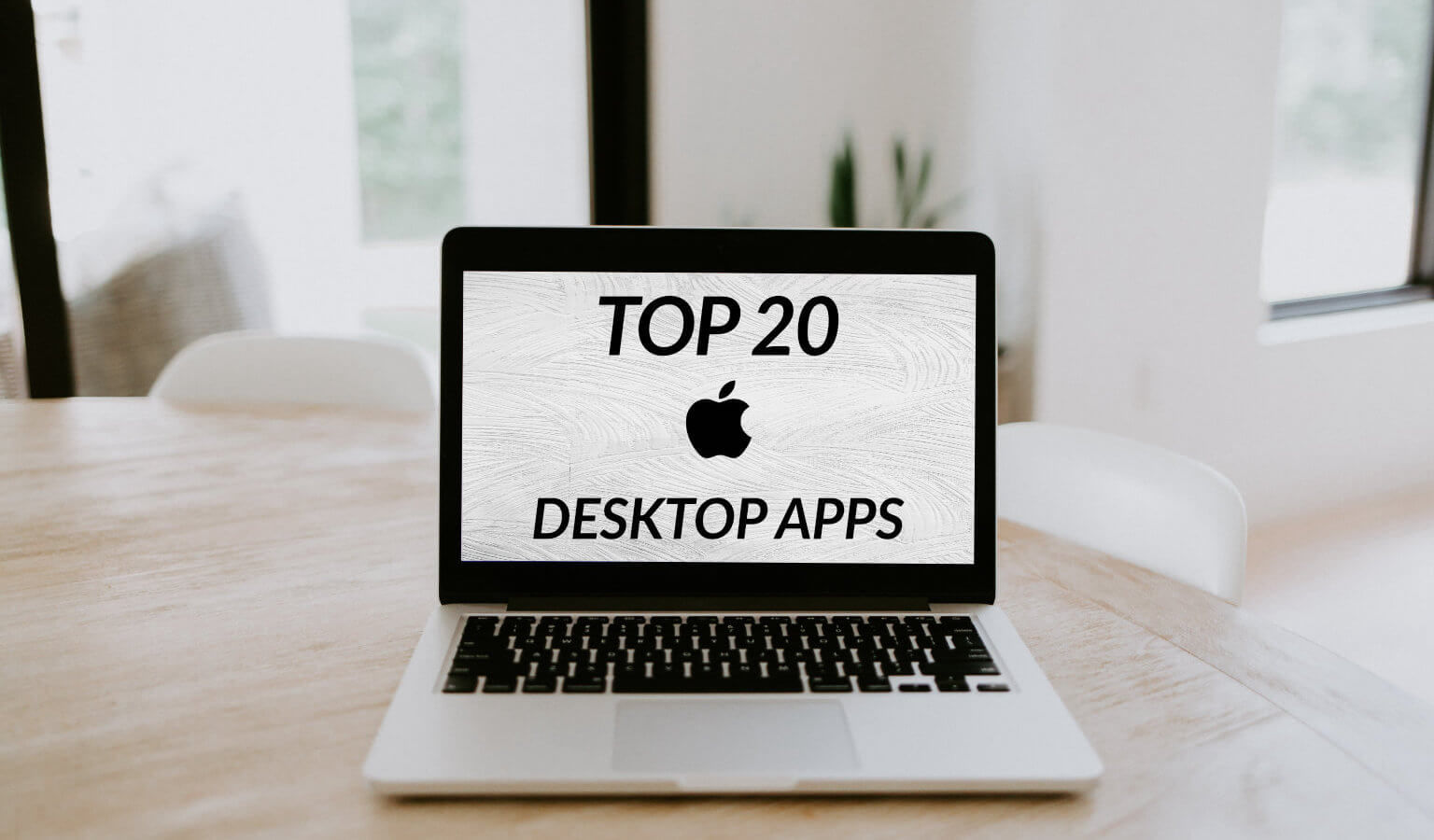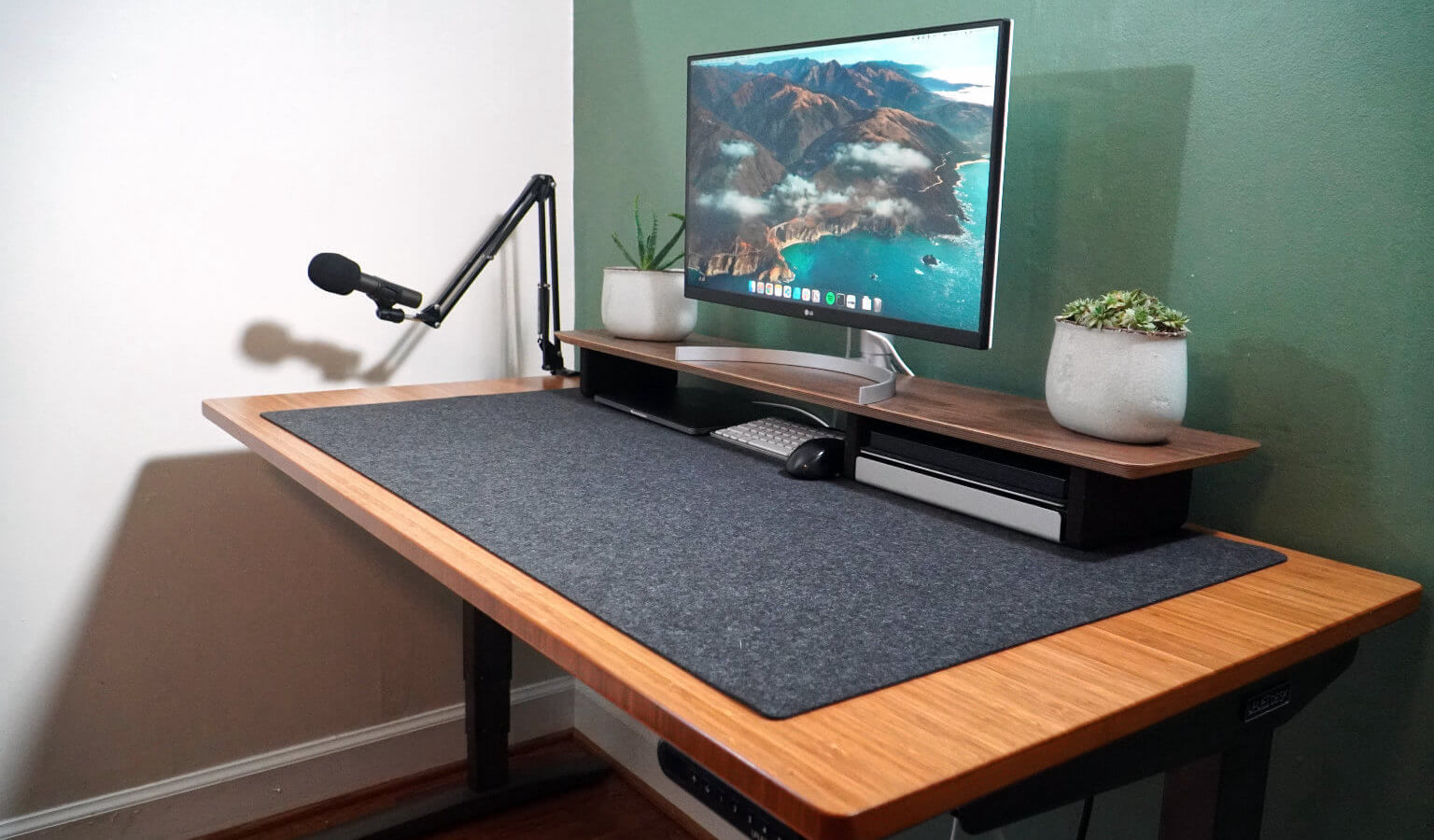If you’re planning to buy your first Raspberry Pi in 2025, you might feel overwhelmed by all the models and accessories. From the tiny Raspberry Pi Zero ($15) to the classic Pi 3 ($35), all the way up to the powerful Raspberry Pi 5, there are plenty of choices.
But here’s the truth: if you’re buying a Raspberry Pi today, get the Raspberry Pi 5.
It’s faster, more capable, and only slightly more expensive than older models.
Let’s break down why and how you can set it up for your own projects.

Why Choose the Raspberry Pi 5?
The Raspberry Pi 5 comes with the latest hardware upgrades, making it ideal for everything from tinkering with Linux to running a full home server.
Here are the prices at the time of this post depending on the amount of RAM you need:
- 2GB – $50
- 4GB – $60
- 8GB – $80
- 16GB – $120
I personally run a 16GB Raspberry Pi 5 (alongside an older 8GB model) in a small Kubernetes cluster, and it hasn’t skipped a beat. If you want to try this yourself, check out my guide on installing Kubernetes on Raspberry Pi 5.
Even if you don’t want to mess with clusters, the Pi 5 is a rock-solid option for home labs, servers, and learning Linux.
Two Ways to Get Started: Kit vs. Custom Build
When buying your first Raspberry Pi 5, you generally have two paths:
- The Starter Kit – everything you need out of the box.
- The Custom Build – a more powerful, flexible setup.
Let’s look at both.
Option 1: The Raspberry Pi 5 Starter Kit
This is the simplest way to start. A typical Raspberry Pi 5 starter kit includes:
- The Pi 5 board
- Case
- Power supply
- MicroSD card
- Fan and heat sink
You can find these kits on Amazon (from CanaKit) or directly from CanaKit, which is one of the most trusted Raspberry Pi kit providers. Just compare prices based on the RAM size you want.
👉 I started with the 8GB starter kit when they first came out and later upgraded to a custom build.
Option 2: A Custom Raspberry Pi 5 Build (More Power)
If you want better performance and more control, here’s my recommended setup:
- Raspberry Pi 5 board – Choose your RAM size.
- PoE Hat with NVMe SSD support – This is the secret sauce:
- Powers your Pi directly from Ethernet (no power cable needed).
- Lets you attach a fast PCIe SSD instead of relying on a slow SD card.
- Case – I didn’t see this when I bought mine by this case comes with the POE with NVME SSD support.
- PCIe SSD – I use a 256GB NVMe drive.
- USB-C SSD connector – Needed for flashing your OS to the SSD.
This setup gives you a faster, more reliable home server experience.
And it looks like this:
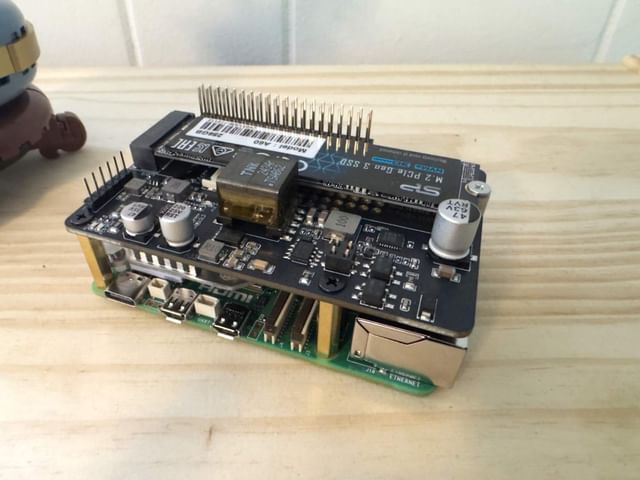

Other Options (Cheaper or More Powerful)
Now you don’t have to go this route at all.
You can get a POE hat without an SSD and just use the SD card. You can buy 3 and get a full rack mount for it as demonstrated here.
Or you can actually get more bang for your buck buy skipping the Raspberry Pi completely and going for something like this GMKtek Mini with 8GB RAM, 256 SSD, and Windows already loaded (and then can wipe and set up Linux 😉), and has a case already.
The important point here is that you have flexibility and it’s fun to piece these things together and build something you understand and can learn from.
How to Set Up Your Raspberry Pi 5
Once you have your Pi, you’ll need to install an operating system. Here’s the step-by-step:
1. Connect Your Storage
- If using a microSD card, insert it into a card reader for your computer.
- If using an NVMe SSD, connect it with a USB-C SSD adapter that I mentioned above.
2. Use Raspberry Pi Imager
Download the Raspberry Pi Imager and follow the prompts:
Choose Device → Select Raspberry Pi 5.
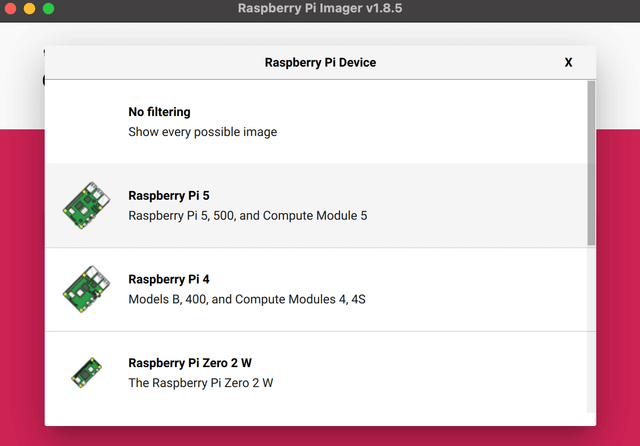
Choose Operating System →
Here you will choose the operating system you wish to install. The most common installation is going to be the Raspberry Pi OS (64-Bit) which will give you a Linux (Raspian) desktop.
I personally prefer Ubuntu. If this is your preference as well, go to Other General Purpose OS > Ubuntu > and choose Ubuntu Desktop LTS.
If you prefer no desktop, then choose the Server option.
There is a desktop-less option for Raspberry Pi OS as well.
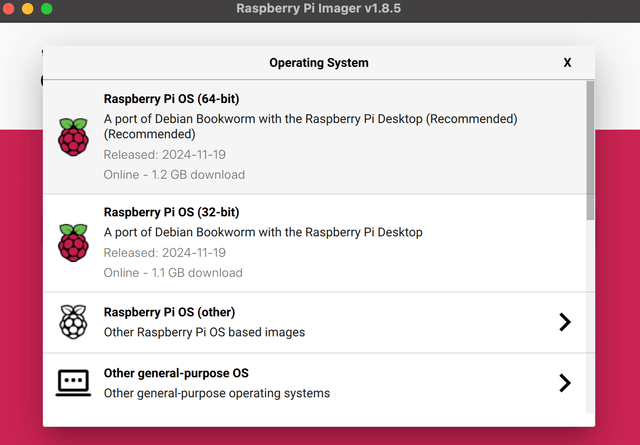
- Choose Storage → Select your microSD card or SSD.
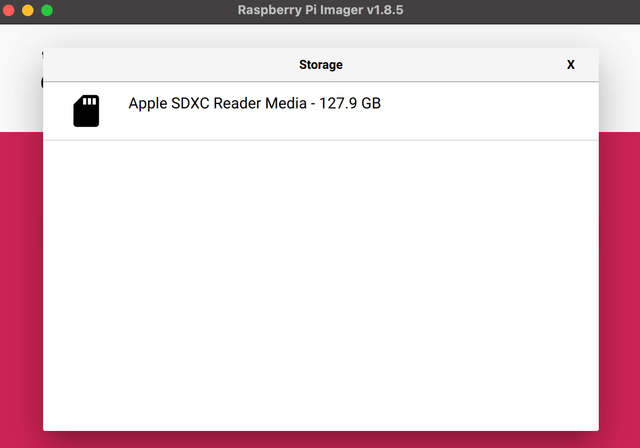
3. Customize Your OS (Highly Recommended)
Before flashing, enable OS customization so you can set up:
- Your hostname (e.g.,
pi) - A username and password
- Configure your local wireless
- Set your locale
- Add your public SSH key
4. Boot Your Raspberry Pi
Plug in your Pi, connect keyboard/mouse/monitor (if you want a desktop), or just SSH in headless — and you’re ready to explore!
Final Thoughts: Why a Raspberry Pi Is Worth It
Buying your first Raspberry Pi is less about the hardware and more about the possibilities:
- Run your own home server
- Learn Linux and Docker
- Host a media server (Plex, Jellyfin)
- Experiment with Kubernetes (step-by-step Kubernetes on Raspberry Pi 5)
- Build IoT projects
Whether you start with a beginner-friendly Pi 5 starter kit or upgrade to a custom PoE+SSD powerhouse, you’ll have a fun, affordable, and educational new tool to explore.
Frequently Asked Questions About the Raspberry Pi 5
Is the Raspberry Pi 5 good for beginners?
Yes. The Raspberry Pi 5 is beginner-friendly and has the most up-to-date hardware. It’s easy to get started with a starter kit, and the community support is huge.
Do I need an SSD, or is a microSD card enough?
A microSD card works fine for most projects. However, if you plan to use your Pi as a server or for heavier workloads, an SSD (via NVMe or USB) provides faster speeds and better reliability.
How much RAM do I need in a Raspberry Pi 5?
2GB/4GB is great for light projects, coding practice, or small IoT setups. 8GB offers the best balance of cost and power for most users. 16GB is ideal for running multiple services, Kubernetes, or heavier workloads.
Can I run Windows on a Raspberry Pi 5?
Not directly. The Pi 5 is designed for Linux-based systems like Raspberry Pi OS or Ubuntu. Some workarounds exist (like Windows IoT), but they’re limited. Check out the GMKtek Mini that I mentioned above for a server with Windows preinstalled.
What can I build with a Raspberry Pi 5?
You can build a home media server (Plex, Jellyfin), personal cloud such as Nextcloud, retro gaming console, IoT device hub, Kubernetes lab, or lightweight web server.
This page may contain affiliate links. Please see my affiliate disclaimer for more info.


